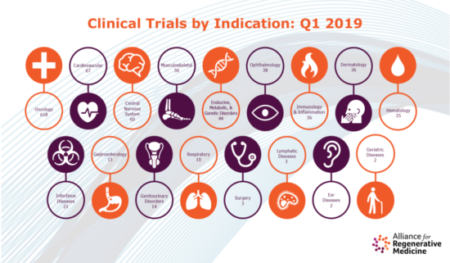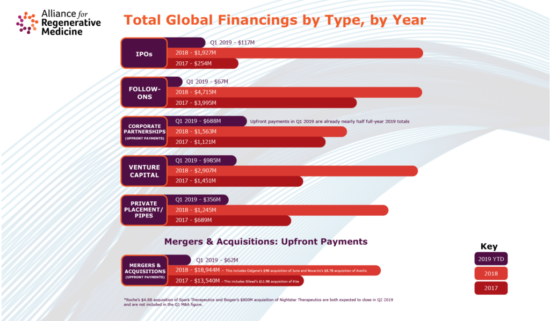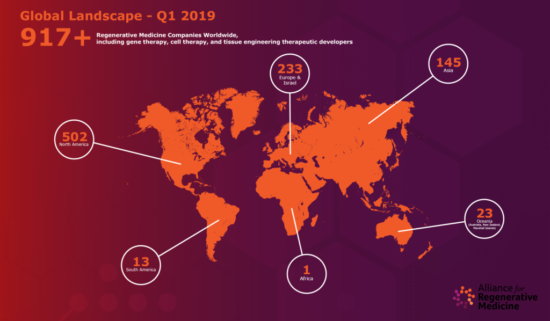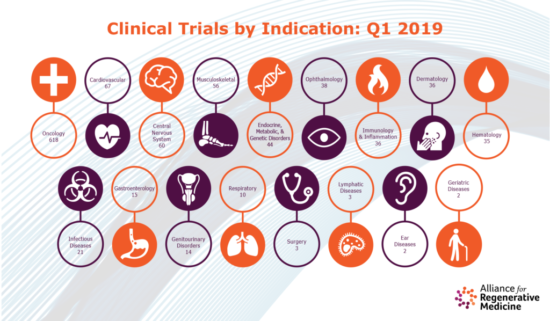July 10, 2019 – This submission comes from Josh Wardini. It is his fifth contribution to this blog site and includes some interesting content on where regenerative medicine is headed in the 21st century.
The concept of rejuvenating our bodies through the use of stem cells is no longer a foreign idea. It comes with a degree of controversy as clinics offering stem cell treatment are popping up across the world making promises to cure diseases, restore joints, ease arthritis, and cure cancer. That promise remains tantalizing because the idea to be able to regenerate any damaged tissue in you using cells from you seems fantastic.
Why is the promise of stem cells possible?
The human body is unbelievably smart. It can recognize foreign cells and organ rejection can occur even in cases when a donor is considered to be a near-perfect match to the patient. But grow an identical heart derived from the patient’s own cells, and the results may be different. So in a world where technology is evolving to accommodate anything’s possible, why not tissue regeneration.
When did we take the first regenerative medicine steps?
It first started in 1954 with the first kidney transplant. And today, according to the Alliance for Regenerative Medicine, there are 1,060 clinical trials and 900 companies globally focused on this field. Here’s an idea of what financing for the industry currently looks like:
Are Regenerative and Personalized Medicine One in the Same?
Not quite. Regenerative is a subset of personalized medicine, an approach that attempts to tailor-fit treatment to an individual. It is a departure from the current practice by physicians and biomedical companies of “one-size-fits-all” medicine. It could mean tailoring or developing a unique drug treatment to match a person’s DNA. With regenerative medicine the treatment is designed to allow the body to repair itself through cell, tissue, and organ replacement. The treatments are hyper-customized using a patient’s own stem cells. As you can imagine, getting this type of treatment to scale is proving to be pretty expensive. But its promise has lured close to one thousand companies to work in the field as can be seen in the graphic displayed below.
Treatments Made Possible by Regenerative and Personalized Medicine
The Alliance for Regenerative Medicine has compiled the clinical trials by medical category. The largest number are devoted to oncology followed by heart and circulatory diseases, diseases of the central nervous system, and musculoskeletal diseases. A visual breakdown of trials can be seen in the image below:
Treatments currently on the leading edge include:
- Reprogramming cells to fight disease. Through cellular immunotherapy, doctors are capable of altering white blood cells to attack and kill a patient’s cancer cells. Done by reprogramming cellular DNA, the treatment is succeeding with patients experiencing 100% recovery. As of 2019, this field of gene and gene-modified therapy is enjoying financing to the tune of $2.1 billion with funds for 374 ongoing clinical trials worldwide.
- Disease-modeling and treatment personalization. Research at Harvard’s Stem Cell Institute has reached the point where researchers are using stem cells to create tissues or organs identical to those of a patient. The ability to grow complex cultures called organoids is allowing scientists to observe disease onset and test treatments. They are examining the effects on organoids to tailor-fit treatment to the patient. The research and clinical trials are showing promise but to date, only 46 clinical trials are ongoing globally with financing capped at $14 million as of 2019.
- Regenerative surgery. Tissue engineering using stem cells and artificially made scaffolds is allowing scientists to maintain or restore damaged tissues and even entire organs. A great example of this is being deployed to repair damaged cartilage in knees and in treating degenerative diseases such as osteoarthritis. As of 2019, this branch of regenerative medicine has grown into an $823 million industry with 268 clinical trials currently ongoing around the world, the majority of them already in Phase II.
Regenerative is just getting started
As exciting as this burgeoning field is, the high cost involved and the cutting-edge nature of the technology is holding the field back. But the data shows that things are looking up. Research and Markets predicts a staggering 23.35% compound annual growth by 2022 compared to 2016 numbers. And experts forecast growth to $66 billion annually.
Why not? Lowered risks, minimally invasive procedures, and more efficient disease treatment and prevention should eventually guarantee lower costs and higher recovery and cure rates. Just what insurers, hospitals, and doctors want.












